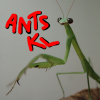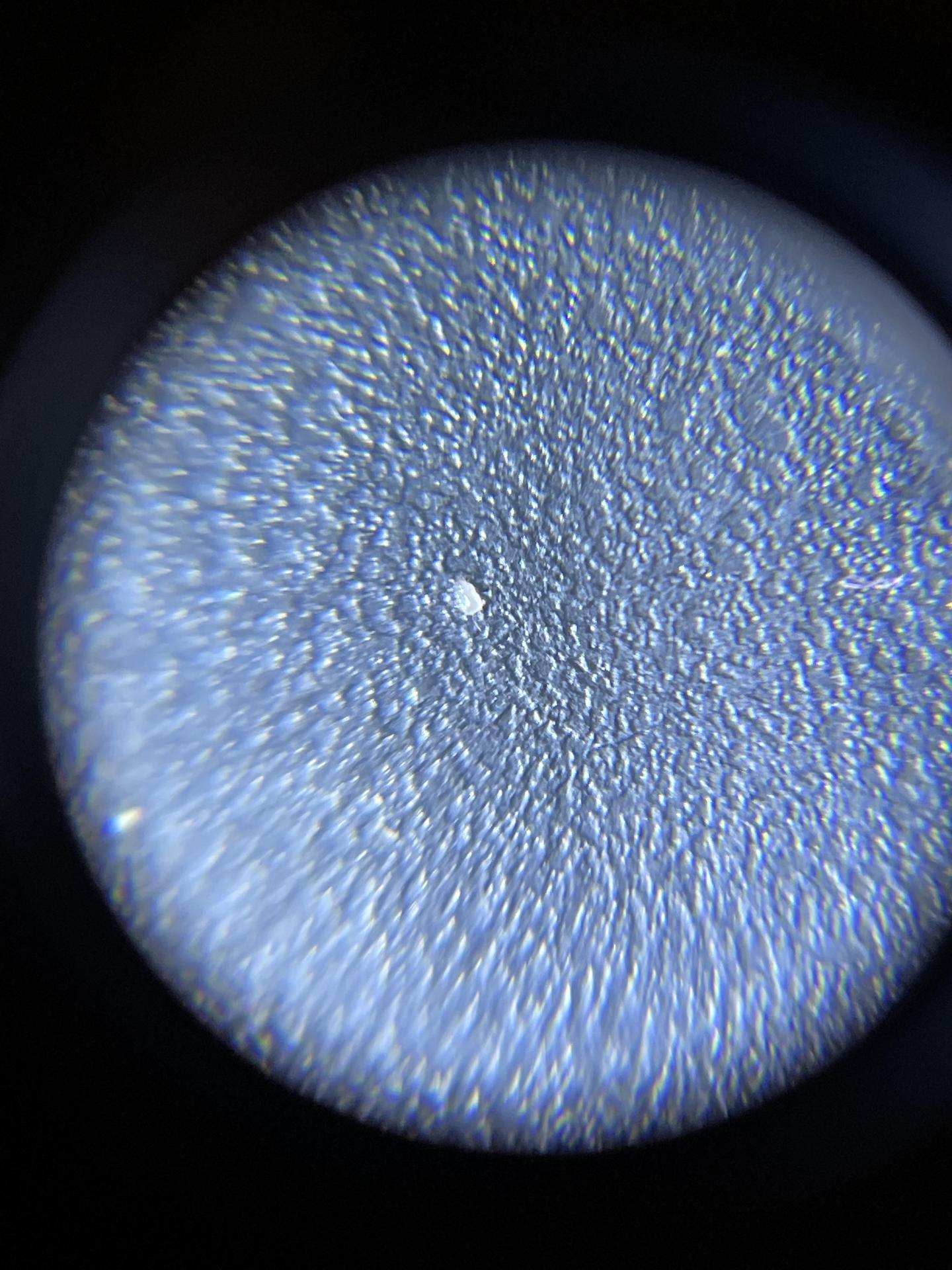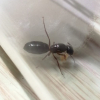I shined a light into the nest of my ants and noticed something extremely extremely tiny and moving. It did not resemble a typical grown springtail or booklice. It was actually much smaller than them and resembled a spec of round dust. I would compare the size to a grain of fine sand (or the period at the end of this sentence). It was just walking about on the glass of the nest.
No workers have died in the nest so far, and I don't see any mites on the workers.
Any idea what this could be or have you seen anything similar? This is EXTREMELY small and I can't get a picture of it. But I know if I didn't focus hard enough I would've passed it as some sort of tiny dust/dirt/debris.

















